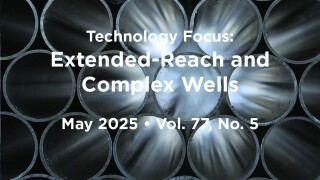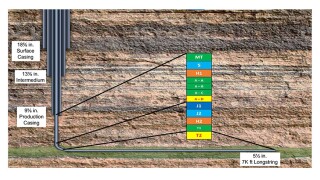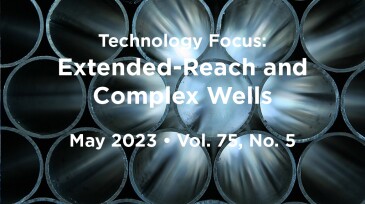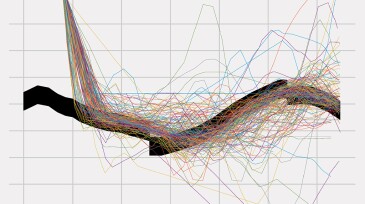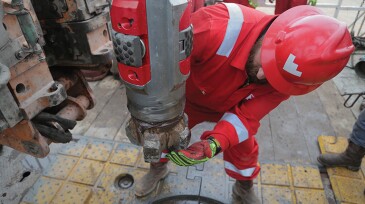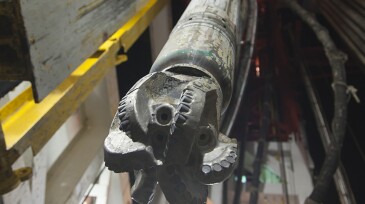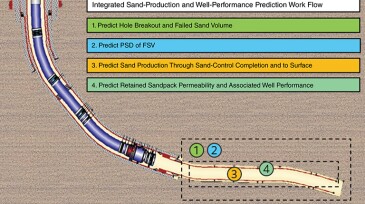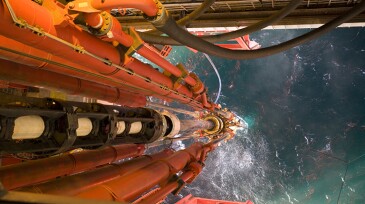Directional/complex wells
Sponsored
Altitude Energy Partners optimized drilling efficiency by minimizing dysfunctions and protecting downhole components. Their directional drilling team ensured consistent curves and laterals through precise BHA design, modeling, and trajectory control—reducing nonproductive time and drilling costs, and achieving a 100% improvement in efficiency by pad completion.
Extended-reach drilling (ERD) and complex wells have emerged as pivotal techniques, enabling access to previously unreachable reserves. ERD allows operators to access oil and gas reservoirs far from the drilling site, minimizing the environmental footprint and optimizing resource recovery.
This paper highlights nontraditional methods to cure oil-based-mud losses in horizontal wells drilled in unconventional plays.
-
This paper describes preplanning, execution, and results of drilling extended-reach wells with a large-bore design of 12¼-in. as the main stepout section and deploying 9⅝-in. casing at a shallow true vertical depth of 4,200 ft.
-
The domain expertise and technologies in the oil and gas industry such as integrated project planning and operating, extended-reach drilling (ERD), high-pressure/high-temperature drilling tools, multilateral drilling and completions, geomechanics, flow and thermal dynamics modeling, and artificial intelligence have been fueling the ongoing march for new records on ERD…
-
Geosteering is supposed to ensure the wellbore stays in the most-productive zone, but a recent study suggests it often misses the mark.
-
This case study presents results achieved in Romania, Mexico, and Kuwait with the use of a series of innovations featuring integrated bottomhole assemblies. A push-the-bit system combines high-performance drilling with precise directional control.
-
This paper highlights the potential of machine learning to be used as a tool in assisting the drilling engineer in bit selection through data insights previously overlooked.
-
A leaner and wiser Weatherford seeks new Middle East contracts while growing margins and market share on existing business.
-
This paper presents a physics-based approach to predict sand production for various reservoir and completion types, explored through a case study of recent production wells in a sandstone reservoir development.
-
This paper discusses novel acoustic techniques used to identify productive zones and areas of sand production in a well with a sanding event.
-
ADNOC awarded a new round of contracts to international service companies, intending to apply directional drilling and LWD to boost production by getting a better assessment of its reservoirs.
-
An automated detection application helped identify stringers early for an operator of a mature field in the North Sea while drilling multilateral wells through reservoir sections containing hard calcite stringers interspersed in sand formations with low unconfined compressive strength. The application guided drilling decisions that minimized invisible lost time and sh…


